Blooming with elegance: the aesthetics of a lotus patterned scarf
-
July 29, 2025
-
By: Rose Woman Scarf
-
28
Introduction: The Charm of Lotus Silk Scarves
Hello, dear fashion enthusiasts! Have you ever been captivated by a silk scarf featuring a lotus pattern? The lotus, a classic symbol in Eastern culture, not only symbolizes purity and elegance, but also serves as a source of inspiration for designers for its unique natural beauty. Whether paired with a suit, dress, or used as a bag embellishment, a lotus silk scarf can add a touch of Eastern charm to your look.
Today, we will delve into the cultural background of lotus silk scarves, including tips for selecting, styling, and even how to care for them. Whether you’re a silk scarf collector or a first-time wearer, this guide will help you better understand the charm of lotus silk scarves!
Have you ever tried a lotus patterned scarf? What’s your favorite thing about it? Share your thoughts in the comments!
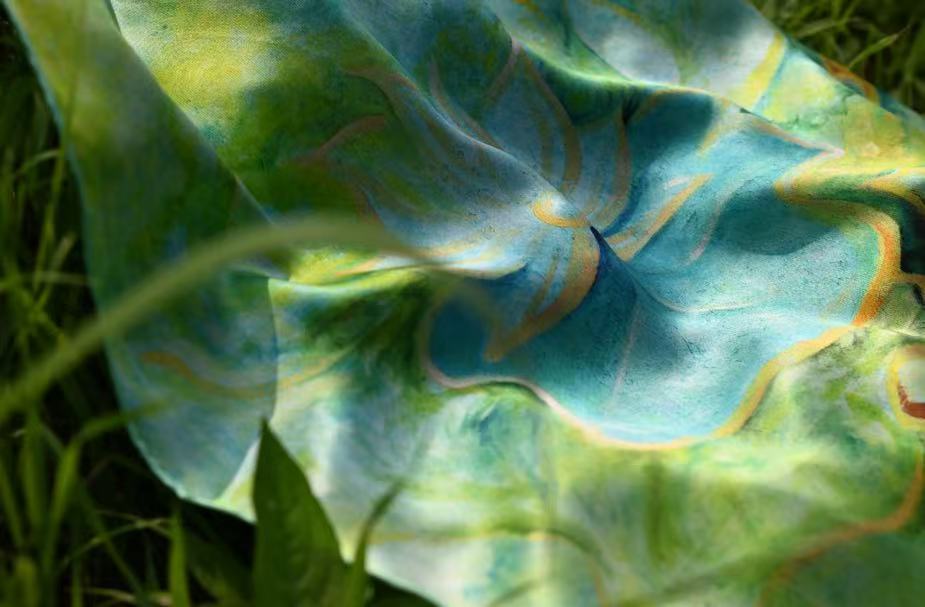
The Cultural Symbolism of the Lotus: From the East to the World
The lotus holds a prominent place in Eastern culture, and its symbolic meanings across cultures are fascinating. Especially in countries like China, Japan, and India:
- China: The lotus symbolizes “rising from the mud without being stained,” representing purity and incorruptibility, and is often used in poetry, paintings, and crafts.
- Japan: The lotus is closely linked to Buddhist culture, symbolizing enlightenment and rebirth.
- India: The lotus is a sacred symbol, representing purity and spirituality, and a symbol of creativity.
- Egypt: It is associated with sun worship.
The lotus, an aquatic plant that grows in the mud yet remains untainted, holds a rich symbolic meaning in Eastern culture. Understanding these cultural connotations can help us more deeply appreciate the charm of wearing a lotus patterned scarf.
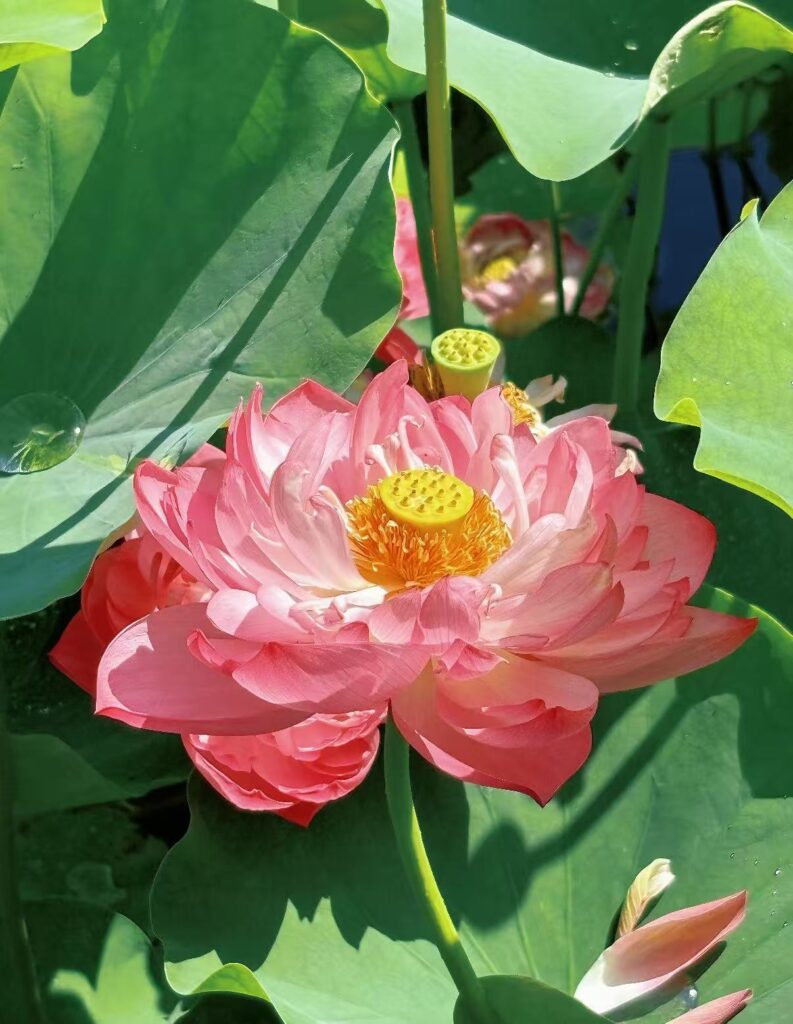

In Confucian culture, the lotus symbolizes the character of a gentleman. In his poem “On the Love of the Lotus,” Zhou Dunyi, a Neo-Confucian philosopher of the Northern Song Dynasty, praised the lotus for its “rising from the mud without being stained, washing in the clear water without being coquettish,” viewing it as the embodiment of integrity and nobleness. This spiritual pursuit made the lotus pattern a favorite decorative motif among literati and scholars. In Buddhist culture, the lotus symbolizes purity and transcendence. The Buddha is often depicted seated on a lotus throne, implying that while embracing the mundane world, he remains untainted by it. In Taoist philosophy, the lotus embodies the harmony of yin and yang—the flower blooming toward the sun represents yang, while the root stems sinking deep into the water represent yin. This balance is highly revered by Taoists.
The artistic representation of the lotus has its own distinct characteristics throughout different periods. In Song Dynasty flower and bird paintings, lotuses are often depicted alongside egrets, with simple and elegant compositions. Lotuses from the Ming and Qing dynasties are more realistic and complex, often rendered using meticulous brushwork. In modern times, Qi Baishi’s lotus paintings pioneered a new style of freehand brushwork. These artistic traditions have provided rich inspiration for modern silk scarf design.
Contemporary designers have skillfully blended traditional lotus imagery with modern aesthetics. Some works retain the meticulous precision of meticulous brushwork, requiring artists to spend weeks painting a single lotus. Others employ abstract techniques, capturing the lotus’s spirit with just a few strokes. Still others combine the lotus with geometric patterns, creating a visual effect that’s both traditional and avant-garde. French luxury brand Hermès once launched a silk scarf called “Pond,” combining lotus and koi carp, a classic blend of Eastern and Western elements.
In the modern West, the lotus is often seen as a symbol of tranquility and meditation. This cross-cultural appeal has made lotus patterned scarf an elegant ambassador of international exchange. Today, the lotus motif has transcended borders and become a global fashion favorite. Many international brands, such as Hermès and Gucci, have created designs incorporating lotus motifs, blending Eastern aesthetics with global trends.
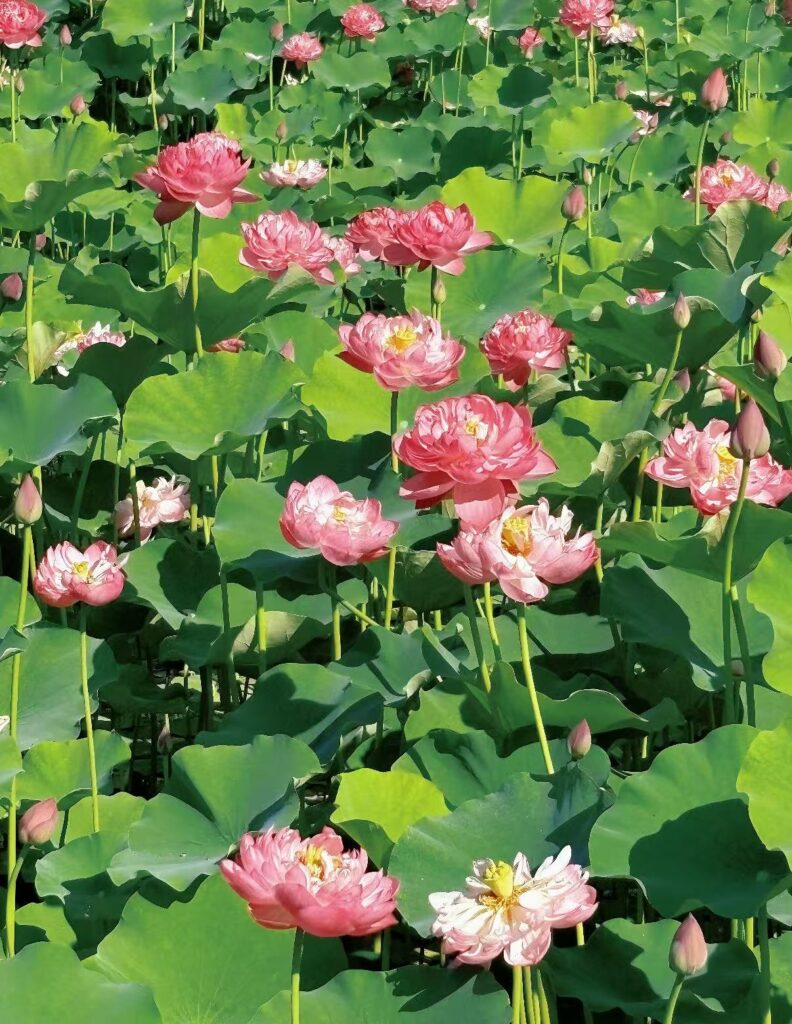
The Craftsmanship of Lotus Silk Scarves
A beautiful lotus patterned scarf often demonstrates exquisite craftsmanship and a unique design concept.
- Silk is the preferred material for high-end lotus silk scarves, with mulberry silk being the most prized. This natural protein fiber is highly breathable, absorbent, and has a soft luster.
- High-quality mulberry silk scarves are light and airy in the hand and cool and comfortable against the skin. Common silk crafts include plain crepe satin (smooth and shiny surface), double crepe (subtly wrinkled), and chiffon (extremely light and transparent).
In recent years, designers have also experimented with blending silk with small amounts of cashmere or linen to create new textures.


The printing technique determines the sophistication and durability of the pattern:
- Traditional hand-screen printing, while costly and low-yield, produces rich color gradations and sharp edges.
- Digital printing technology can achieve more complex gradient effects, suitable for realistic lotus patterns.
The highest-end silk scarves use the “dyed weave” technique, where different colors of silk threads are pre-dyed before weaving. This method produces scarves with a consistent color on both sides, making them durable and long-lasting.
Remember, a high-quality lotus silk scarf is more than just an accessory; it’s a work of art to be passed down through generations.
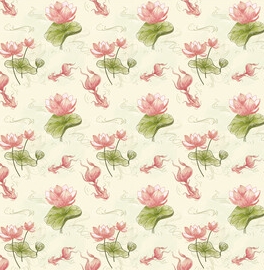
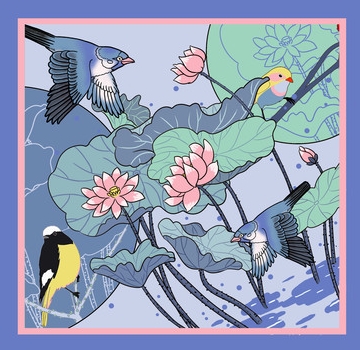
Design Elements and Artistic Styles of Lotus Silk Scarves
Lotus silk scarves come in a variety of designs
- Traditional realistic styles faithfully reproduce the natural form of the lotus, suitable for mature women who prefer a classic style.
- Abstract modern styles extract lotus elements and apply geometric processing, favored by young working women.
- Playful and creative styles mix the lotus with other elements, such as placing a cartoon frog amidst the lotus flowers. Such designs often appeal to consumers with lively personalities.
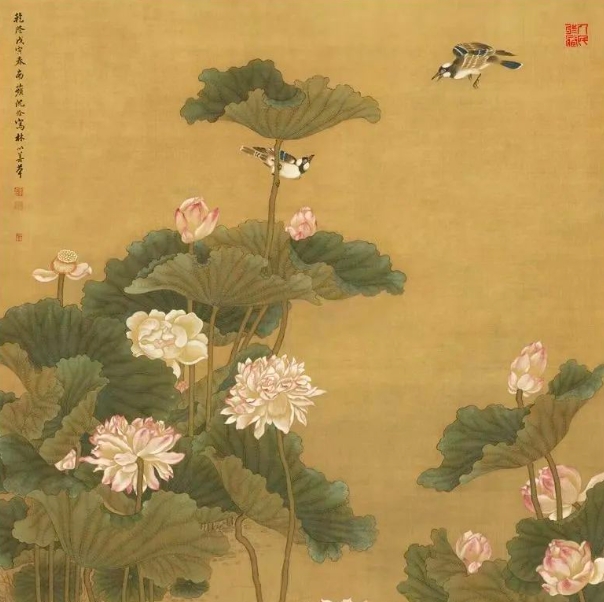
The compositional art of lotus patterns deserves careful appreciation and unique design concepts:
First, a clear distinction between primary and secondary elements is essential, often with a blooming lotus flower as the visual centerpiece;
Second, a combination of virtual and real, using white space or light colors to create a hazy, misty effect;
Third, a harmonious balance of movement and stillness, perhaps adding swimming fish or resting dragonflies to add vitality;
Fourth, harmonious colors are essential. Traditional designs often use pink, green, and gold, while modern designs may also experiment with bold contrasting colors.
Designer Tip: If you prefer a low-key style, opt for a small lotus pattern; if you want to make a statement, a large lotus print will be more eye-catching!
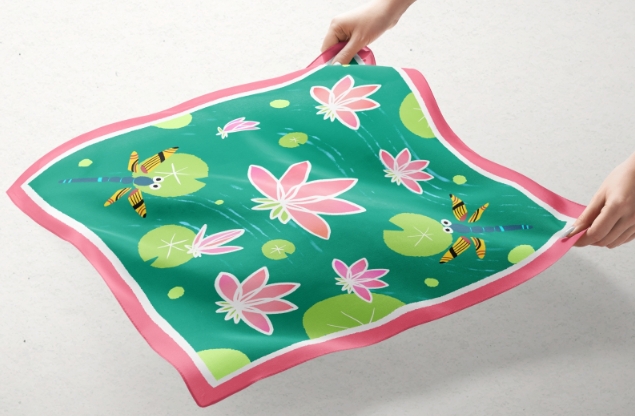
How to Choose the Right Lotus Scarf for You
1) Material Selection
- Silk: Highly lustrous, suitable for formal occasions, but requires careful care.
- Chiffon: Light and flowing, perfect for spring and summer.
- Cotton and Linen: Natural and casual, suitable for everyday wear.
2) Color Combination
- Warm skin tones (yellowish, olive): Lotus patterns in coral pink, mustard yellow, or moss green are suitable; these colors will brighten your complexion.
- Cool skin tones (pinkish, bluish): Lotus designs in rose red, blue-purple, or emerald green create a harmonious contrast with your skin tone.
- Neutral skin tones: Almost any color can be combined, but the color balance of the pattern itself should be considered.
If you’re unsure of your skin tone, try this tip: Observe the veins on your wrist under natural light. Greenish tones are generally warm, while bluish-purple tones are cool.
3) Occasion and Season
Styling Strategies for Different Occasions
- For Workplaces: Opt for subdued tones (such as gold lotus flowers on a dark blue background) and a neat pattern.
- For Casual Occasions: Try vibrant colors and lively patterns.
- For Formal Dinners: Luxurious silk crepe satin with delicate embroidered lotus flowers is suitable.
Seasonal Creative Uses
- Spring and summer are suitable for refreshing, light-colored lotus flowers; autumn and winter can opt for darker backgrounds like burgundy or dark green with gold or silver lotus flowers.
- In spring and summer, try tying a light lotus silk scarf around your wrist or braiding it into your hair for a romantic touch. You can also fold it diagonally and tie it around your waist as a decorative belt.
- In autumn and winter, fold a large silk scarf in half and wear it under your coat instead of a scarf for warmth without looking bulky. Alternatively, fold the scarf and thread it through your belt, allowing a corner to peek out from under your suit jacket for a layered look.
Men can also masterfully style lotus silk scarves. Men can choose a lotus design with a darker hue (such as navy or dark green) and a more abstract pattern. Fold it neatly and place it in a jacket pocket as a decorative accessory, or simply tie it around your neck as a scarf. The key is to keep the rest of your outfit simple and elegant, allowing the scarf to be the focal point. In recent years, more and more male fashion bloggers have begun incorporating floral scarves into their daily outfits, breaking gender stereotypes.
Remember, the best lotus scarf isn’t the most expensive, but the one that best expresses your personal style. Ask yourself: What does the lotus on this scarf say about you?
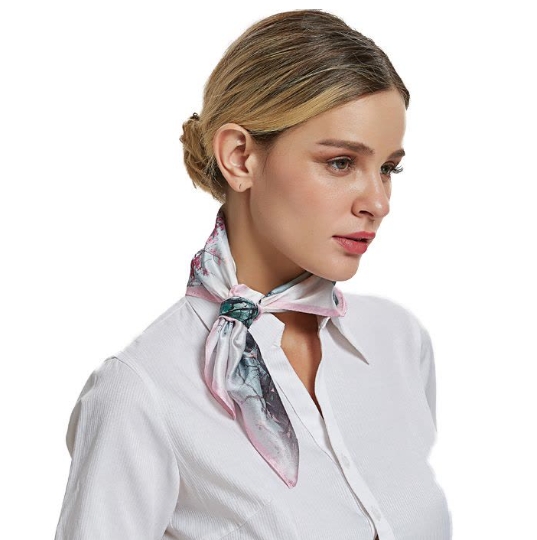
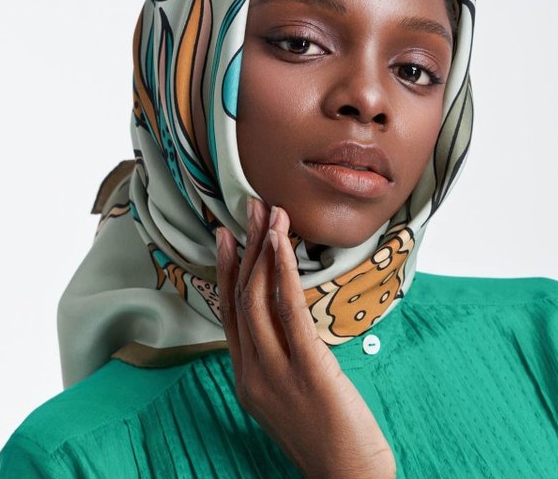
Conclusion: Lotus Scarf – A Fashionable Item
From cultural symbolism to craftsmanship, from the art of styling to maintenance tips, we’ve explored the myriad facets of the lotus patterned scarf. This seemingly simple scarf actually carries a wealth of Eastern aesthetic wisdom and the art of living. It’s more than just a beautiful piece of art around your neck; it’s an elegant medium for self-expression and a connection to tradition.
Dear reader, now it’s your turn: open your closet and find a lotus patterned scarf waiting to be rediscovered? Or are you already eager to find your very own? In either case, we hope this article will provide you with useful guidance and inspiration. If you have any questions or thoughts about lotus silk scarves, please leave a comment below—after all, beautiful things are worth exploring and cherishing together.
Now it’s your turn—go try a lotus silk scarf and let me know how it goes! 🌸

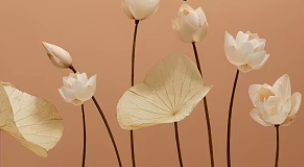


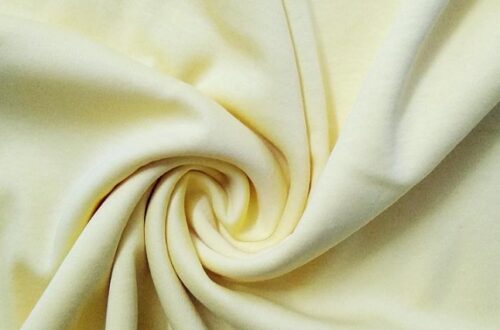



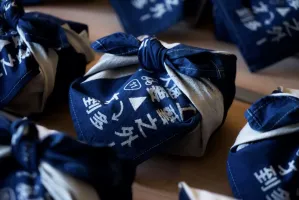
Leave a comment